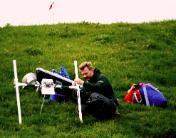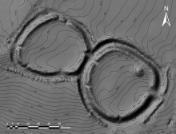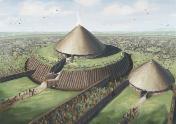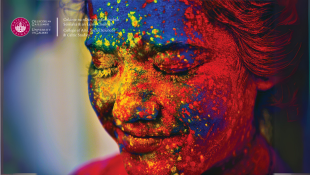-
Courses

Courses
Choosing a course is one of the most important decisions you'll ever make! View our courses and see what our students and lecturers have to say about the courses you are interested in at the links below.
-
University Life

University Life
Each year more than 4,000 choose University of Galway as their University of choice. Find out what life at University of Galway is all about here.
-
About University of Galway

About University of Galway
Since 1845, University of Galway has been sharing the highest quality teaching and research with Ireland and the world. Find out what makes our University so special – from our distinguished history to the latest news and campus developments.
-
Colleges & Schools

Colleges & Schools
University of Galway has earned international recognition as a research-led university with a commitment to top quality teaching across a range of key areas of expertise.
-
Research & Innovation

Research & Innovation
University of Galway’s vibrant research community take on some of the most pressing challenges of our times.
-
Business & Industry

Guiding Breakthrough Research at University of Galway
We explore and facilitate commercial opportunities for the research community at University of Galway, as well as facilitating industry partnership.
-
Alumni & Friends

Alumni & Friends
There are 128,000 University of Galway alumni worldwide. Stay connected to your alumni community! Join our social networks and update your details online.
-
Community Engagement

Community Engagement
At University of Galway, we believe that the best learning takes place when you apply what you learn in a real world context. That's why many of our courses include work placements or community projects.
The Connacht Project
Introduction to the Connacht Project
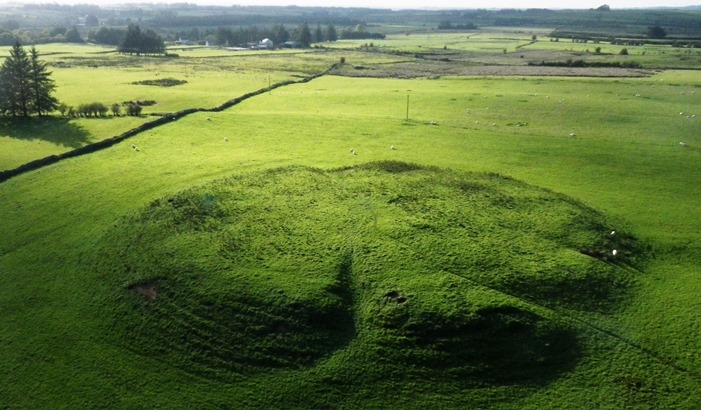
The Connacht Project is an inter-disciplinary and collaborative research initiative of Archaeology, School of Geography, Archaeology & Irish Studies and the School of Humanities, University of Galway. Built on the foundations of decades of archaeological field research, together with the extensive investigation of the early documentary sources, the Connacht Project was initiated under the joint direction of Professor John Waddell, Dr Kieran O’Conor and Joe Fenwick for its archaeological component, and an tOllamh Máirín Ní Dhonnchadha, for its historical and literary component.
The principal aim of the Project, which is divided into three related parts (page links below), is to combine data from the extensive archaeological evidence with the equally rich surviving literary and historical sources relating to the province in order to advance a greater understand the development of society and the various landscapes of Connacht from the earliest times, but primarily from later prehistory and throughout the historical period up to more recent centuries.
An important focus of the Connacht Project is to attempt to understand how early and later medieval peoples in Connacht viewed the contemporary world around them and the evolving urban and rural landscapes in which they resided, worked and farmed. Furthermore, using the rich dataset and inter-disciplinary evidence from Connacht, the project aspires to engage in current international debates about how society, settlement and landscape developed, particularly throughout these islands, in the context of north-western Europe.
Lastly, as the research evolves, it has become abundantly clear to the academic participants in the Connacht Project that local communities throughout the province in recent years have become increasingly interested in their heritage, for a variety of economic, educational and social reasons. In response to this growing interest, the Project will endeavour to share its research with local communities and heritage networks throughout the province but most particularly in Co. Roscommon. This has involved numerous lectures and the preparation of books, guidebooks and guide-leaflets and Information Boards for important monuments and archaeological complexes in the county to enhance the cultural tourism experience at these places. This will bring a sense of pride of place, an awareness of cultural value and an economic gain to the parishes and regions in which these monuments and complexes are located.








